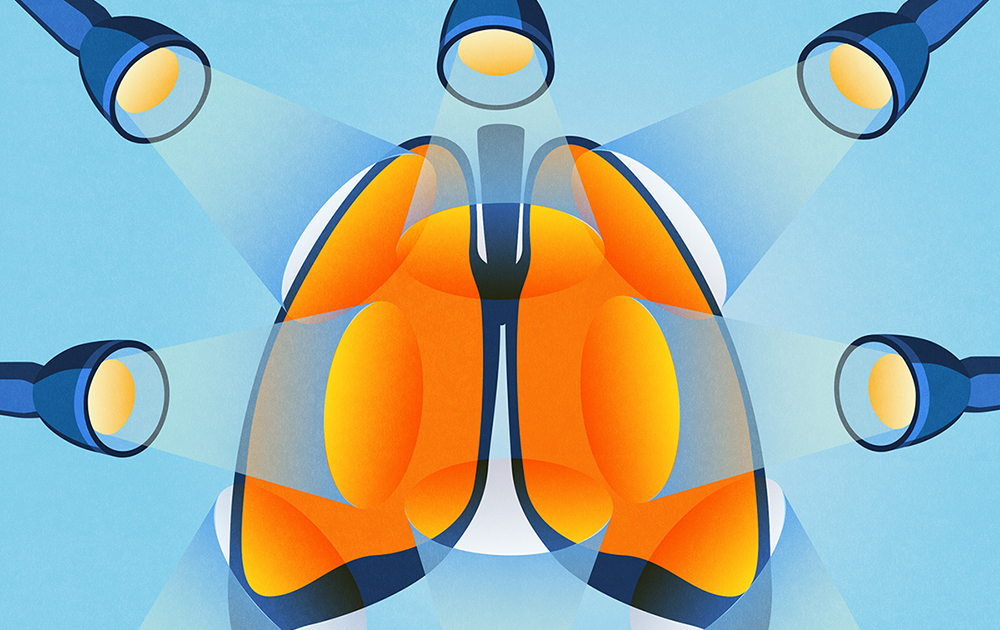New Lung Cancer Screening Program Aims to Increase Access
Date
February 23, 2021
Credits

Date
February 23, 2021
Credits
Medical providers featured in this article
In Brief
{{cta-block}}
Lung cancer screening could prevent thousands of deaths, yet fewer than 1% of Californians who qualify are tested each year.
Experts from Cedars-Sinai Cancer and the Cancer Research Center for Health Equity are collaborating to increase access to lung cancer screening, dispel misconceptions about the disease and uncover why participation is so low.
"We can't bust screening myths until we know what they are," says Zul Surani, MPH, director of Community Outreach, Engagement and Operations at the Cancer Research Center for Health Equity. Access to lung cancer testing is fairly new. Medicare only began covering it for longtime smokers in 2015 after a series of studies proved that low-dose CT scans effectively detect lung cancer at early stages, establishing CT as the standard screening method.
Gathering data on the participation problem is a major priority. Surani says data collection started with groups disproportionately affected by lung cancer, including the Black, Korean, Latino and LGBTQ+ communities.
The new program will build on the success of a two-year pilot study with Watts Healthcare, which successfully screened more than 500 patients. It used a combination of strategies, such as providing transportation to appointments and training community navigators to
work with churches and other organizations to promote screening.
Last summer, Surani and his colleagues trained a team of navigators in Koreatown to connect healthcare providers with local organizations to offer lung cancer screening information and opportunities. The navigators will also help track whether their efforts result in increased testing rates or glean why people are reluctant to be screened.
The investigators are partnering with manufacturers on technologies to make screening more portable. Lung cancer screening has largely been anchored by 2.2-ton CT-scanning machines. Recent advances allow for mobile low-dose CT scanning units. The Cedars-Sinai team is also studying the efficacy of field MRI, a new system that uses a lower magnetic field strength but still offers high-quality images of the lungs.
Stats: Lung Cancer at a Crossroads
Lung cancer remains the leading cause of cancer death, killing more people than breast, prostate and colon cancer combined. But experts say there’s reason for hope: Year by year, lung cancer rates are declining as more smokers snuff the habit. Death rates have dropped dramatically in recent years due to more effective treatments and more accessible screening, allowing cancers to be diagnosed at earlier stages.
2.2%
largest single-year drop (2016 to 2017) in the U.S. cancer death rate, which experts attribute to a steep decrease in lung cancer deaths
48,000
estimated lives saved yearly if all eligible candidates were screened using a low-dose CT scan
49th
California’s rank nationally for screening those at highest risk of lung cancer—only 0.9% of people at high risk for lung cancer are screened in the state
17
new drugs have been approved by the Food and Drug Administration to treat lung cancer since 2015
20%
estimated lung cancer deaths in Americans who never smoked or used any other tobacco product
2002
the year scientists discovered the EGFR mutation that affects some lung cancers, opening a pathway to targeted therapies and revolutionizing understanding of the disease





